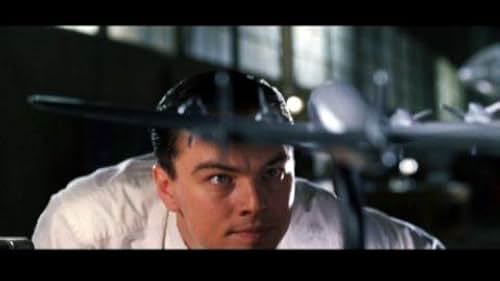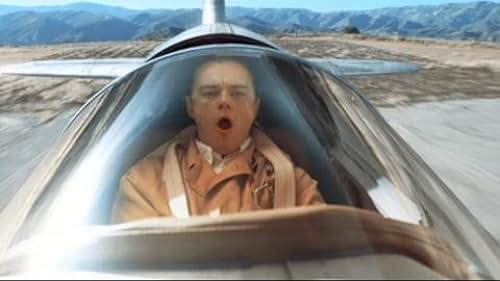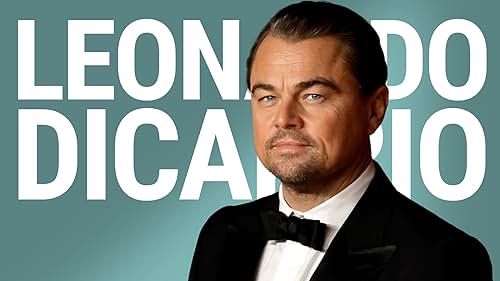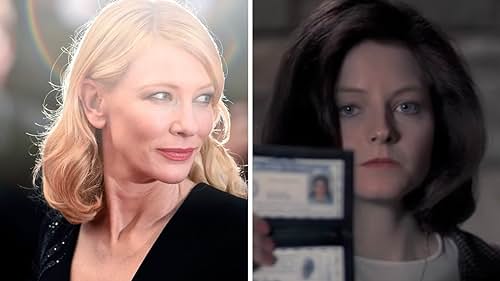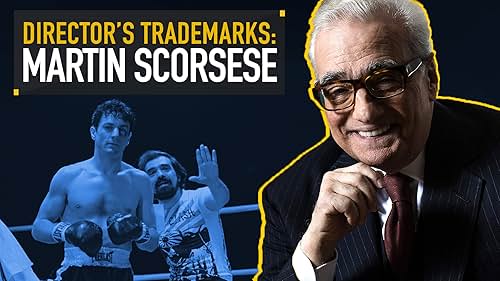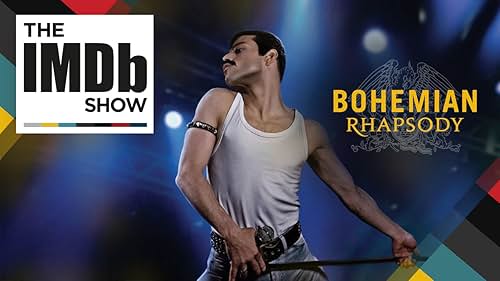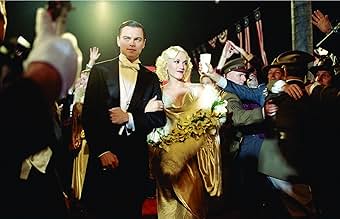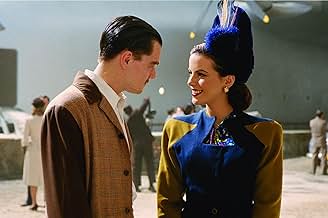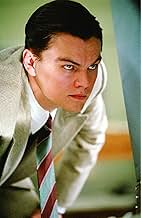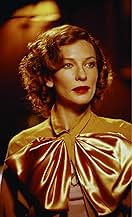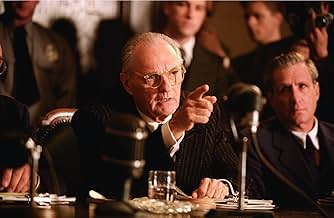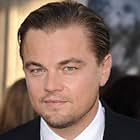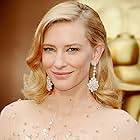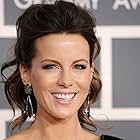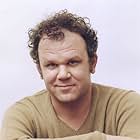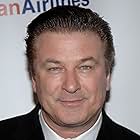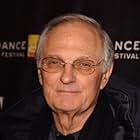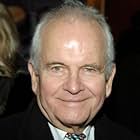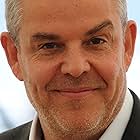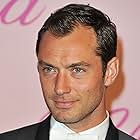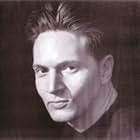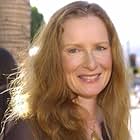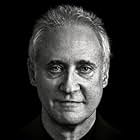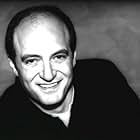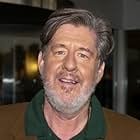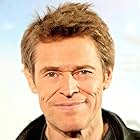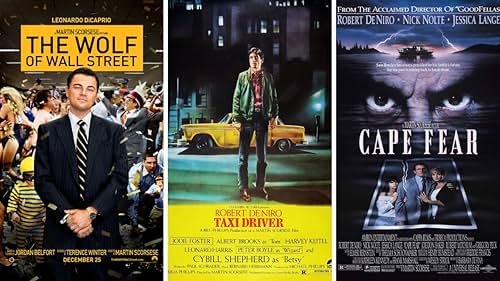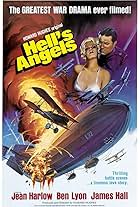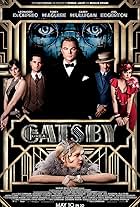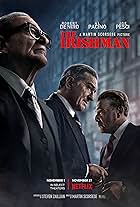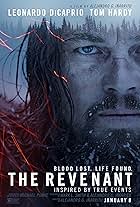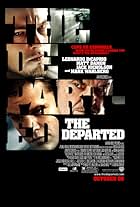A biopic depicting the early years of legendary director and aviator Howard Hughes' career from the late 1920s to the mid 1940s.A biopic depicting the early years of legendary director and aviator Howard Hughes' career from the late 1920s to the mid 1940s.A biopic depicting the early years of legendary director and aviator Howard Hughes' career from the late 1920s to the mid 1940s.
- Won 5 Oscars
- 89 wins & 131 nominations total
- Director
- Writer
- All cast & crew
- Production, box office & more at IMDbPro
What Scorsese Film Ranks Highest on IMDb?
What Scorsese Film Ranks Highest on IMDb?
Cinema legend Martin Scorsese has directed some of the most acclaimed films of all time. See how IMDb users rank all of his feature films as director.
Storyline
Did you know
- TriviaDirector Martin Scorsese designed each year in this movie to look just the way a color movie from that time period would look. Achieved mainly through digitally enhanced post-production, Scorsese re-created the look of Cinecolor and two-strip Technicolor. Watch in particular for the scene where Howard Hughes (Leonardo DiCaprio) meets Errol Flynn (Jude Law) in the club. Hughes is served precisely placed peas on a plate, and they appear blue or turquoise, just as they'd have looked in the two-strip Technicolor process. As Hughes ages throughout the movie, the color gets more sophisticated and full-bodied.
- GoofsThe scene in which Howard Hughes locks himself in the projection room and cuts off most contact from the outside world for an extended period of time is somewhat misleading. Though Hughes battled germ phobia all of his life (the fear of germs was instilled in him early on by his mother) Hughes did not become a recluse until much later in his life. The scene that is portrayed in the movie is very similar to a documented incident where Hughes did spend almost a year in a private movie theater however it wasn't until he was near 50 years old.
- Quotes
[last lines]
Howard Hughes: [repeating over and over again] The way of the future...
- Crazy creditsThe Warner Brothers logo is the classic shield version, and is shown in 2-color Technicolor, rendered as a static painted card instead of the modern 3D animated sequence.
Featured review
Martin Scorsese's most recent ambitious project does not disappoint.
I just saw this film in a special preview for NYU film students, with Martin Scorsese there to discuss and answer questions after, and I must say, it was pretty phenomenal. It is Martin Scorsese's best work since Goodfellas (this is obvious) and most probably his best work since Raging Bull. DiCaprio's character study of Howard Hughes, and his devotion to this role, is exquisite and reminiscent even of Robert De Niro's in Raging Bull. The film is lengthy, but this compliments it, for the story is riveting and the production is practically flawless (even the combination of computerized processes and more traditional photography was smooth and effective).
The presentation of the film, in an evolving color (from two-tone Technicolor, as Martin explained it to us, to three-tone, to modern by the later sequences) is absolutely stunning, and the cinematography by renowned Robert Richardson, ASC, is some of the best I've seen (and, in my opinion, deserving of an Oscar).
Cate Blanchett was impeccable as Katharine Hepburn, though, at times, I felt that the complexity of her character was never really deeper than a surface analysis.
She did her role flawlessly, but this is not to say that it really Alec Baldwin portrayed one of the flattest villains I've seen in a major motion picture, but, again, this is about Howard Hughes, and DiCaprio's performance is worthy of an Oscar nod at least, and perhaps an Oscar Win (certainly the best performance I've seen all year).
One of my few complaints, though, is the lengthy sequences featuring Howard Hughes as a solo aviator. Though interesting, entertaining even, the film was long enough already, and did not require such an exhaustive analysis of individual flight procedures.
Also, it seems that some of the themes were almost too redundant, such as the ways in which Hughes' psychological problems were performed. Much of the Hollywood history is good, even interesting, but it also sometimes seemed a bit self-indulgent, to the point where you questioned the necessity of ALL of those nightclub sequences in the film.
But, besides those relatively few complaints, it is a spectacular film.
In all: do not miss it.
3.5/4
I just saw this film in a special preview for NYU film students, with Martin Scorsese there to discuss and answer questions after, and I must say, it was pretty phenomenal. It is Martin Scorsese's best work since Goodfellas (this is obvious) and most probably his best work since Raging Bull. DiCaprio's character study of Howard Hughes, and his devotion to this role, is exquisite and reminiscent even of Robert De Niro's in Raging Bull. The film is lengthy, but this compliments it, for the story is riveting and the production is practically flawless (even the combination of computerized processes and more traditional photography was smooth and effective).
The presentation of the film, in an evolving color (from two-tone Technicolor, as Martin explained it to us, to three-tone, to modern by the later sequences) is absolutely stunning, and the cinematography by renowned Robert Richardson, ASC, is some of the best I've seen (and, in my opinion, deserving of an Oscar).
Cate Blanchett was impeccable as Katharine Hepburn, though, at times, I felt that the complexity of her character was never really deeper than a surface analysis.
She did her role flawlessly, but this is not to say that it really Alec Baldwin portrayed one of the flattest villains I've seen in a major motion picture, but, again, this is about Howard Hughes, and DiCaprio's performance is worthy of an Oscar nod at least, and perhaps an Oscar Win (certainly the best performance I've seen all year).
One of my few complaints, though, is the lengthy sequences featuring Howard Hughes as a solo aviator. Though interesting, entertaining even, the film was long enough already, and did not require such an exhaustive analysis of individual flight procedures.
Also, it seems that some of the themes were almost too redundant, such as the ways in which Hughes' psychological problems were performed. Much of the Hollywood history is good, even interesting, but it also sometimes seemed a bit self-indulgent, to the point where you questioned the necessity of ALL of those nightclub sequences in the film.
But, besides those relatively few complaints, it is a spectacular film.
In all: do not miss it.
3.5/4
Details
- Release date
- Countries of origin
- Official sites
- Languages
- Also known as
- El aviador
- Filming locations
- Production companies
- See more company credits at IMDbPro
Box office
- Budget
- $110,000,000 (estimated)
- Gross US & Canada
- $102,610,330
- Opening weekend US & Canada
- $858,021
- Dec 19, 2004
- Gross worldwide
- $213,719,942
- Runtime2 hours 50 minutes
- Color
- Sound mix
- Aspect ratio
- 2.39 : 1
Contribute to this page
Suggest an edit or add missing content

